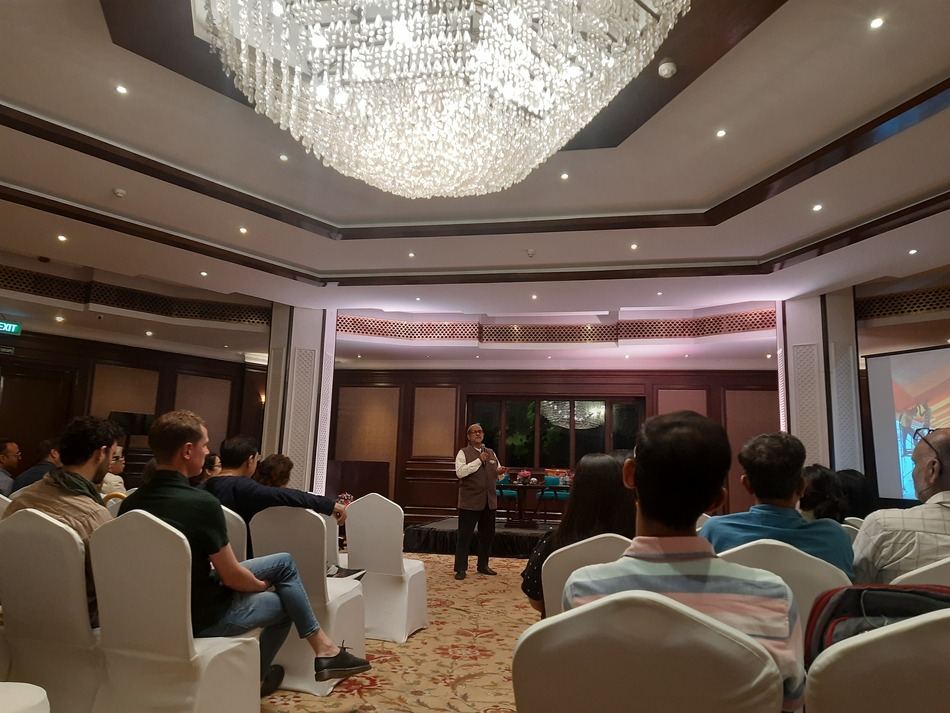
The original artworks in the building were restored and replaced, preserving Bawa’s conception of the hotel
A melange of artistic collaborations that were intertwined with late Sri Lankan architect Geoffrey Bawa’s practice, the Bentota Beach Hotel in Sri Lanka opened up a world of creative firsts to become one of the earliest and most influential resort buildings in Asia. At a recently session in New Delhi, Channa Daswatte, Chairperson of the Geoffrey Bawa Trust, spoke about the process of archiving architecture in the renovation of Cinnamon Bentota Beach, which was carried out by him.
Set between Bentara River and Bentota Beach, Sri Lanka‘s Cinnamon Bentota Beach Hotel has reopened to visitors after a refurbishment spanning over two years. One of the earliest resorts in the area, the hotel was designed by Bawa in 1967 and its legacy continues to impact architects and l visitors alike. Be it the rare batik ceiling by Ena de Silva, the brass peacock sculpture by Laki Senanayake, the metal doors and hand-drawn panels by Ismeth Raheem, or the vibrant sunset-hued textile ceiling by Barbara Sansoni, all of these exhibit Geoffrey Bawa’s tropical modernism style, with its open floor plans, green spaces, and locally made crafts and materials.
“In Sri Lanka, conserving was almost always about ancient history. None of our modern history was being conserved or looked at. The idea of archiving something was about preserving an idea. So, one of the first buildings we had the chance to do this to was the Ena de Silva house. Built around 1962, it became one of the first houses which was modern, but Geoffrey Bawa used local materials, and created an architecture that began to influence the people, local culture, local skills and local materials to accommodate a modern life,” says Daswatte, the last partner at Bawa’s architectural firm.
The original artworks in the building were restored and replaced, preserving Bawa’s conception of the hotel. Every stone had been numbered, preserved and put back in exactly the same shape and form to keep Bawa’s essence of the creation intact. The archiving work took several months to complete, and while some parts such as the concrete had to be demolished and were renewed, it is safe to say that Bawa’s conception remains very much alive in the lush Bentota Beach Hotel of today, says Daswatte.


















